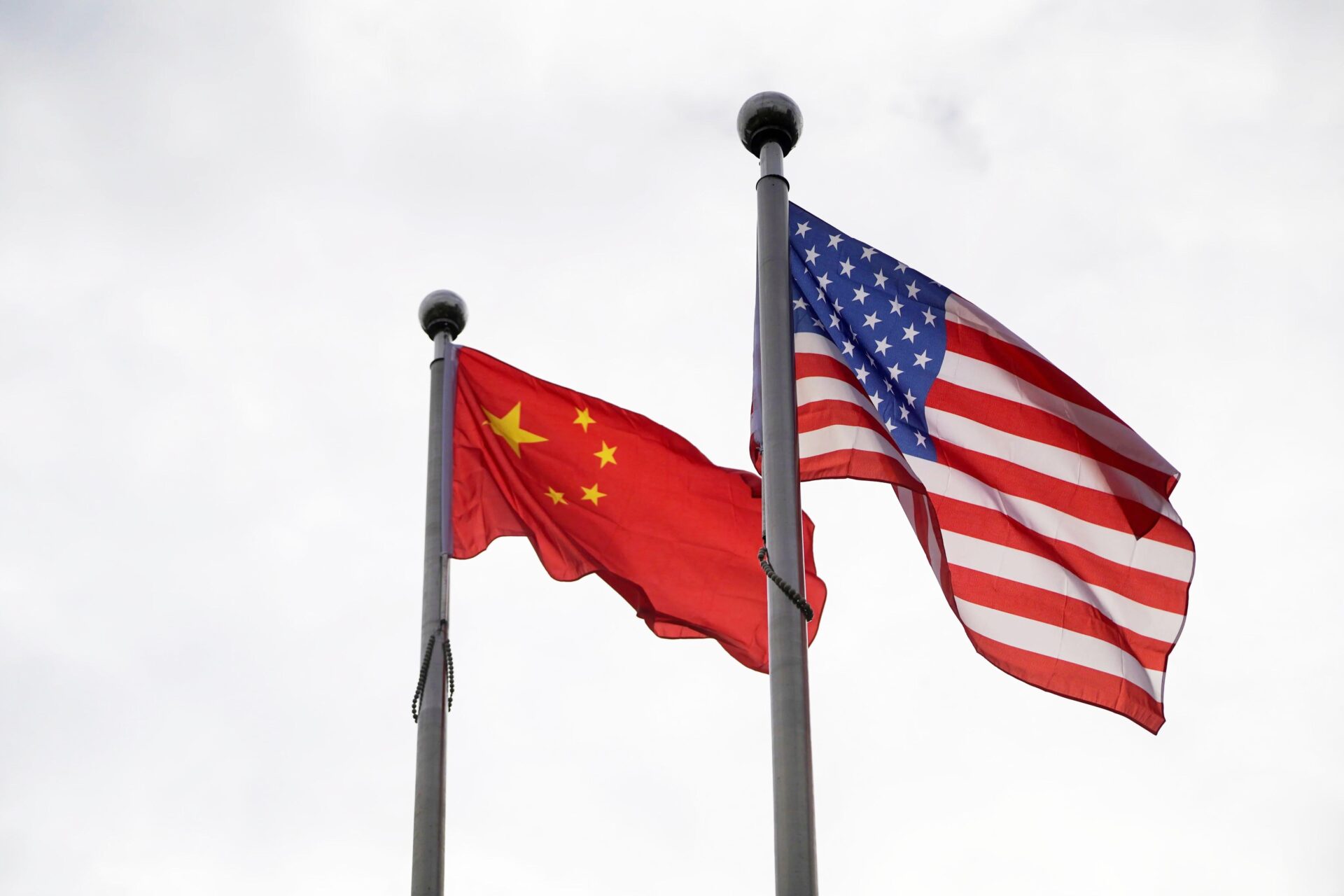To counter China’s rise, Washington must adopt a more consistent and proactive approach.
In the intricate chessboard of geopolitics, Asia has emerged as a critical arena where the United States and China vie for influence. However, recent years have seen a noticeable shift: while the US appears to falter in its commitments and strategies, China has adeptly filled the void, leveraging its economic, diplomatic, and military tools to consolidate its position as the dominant power in the region.
The United States, historically a key player in Asia, has seen its influence wane due to inconsistent policies and a lack of sustained engagement. Initiatives like the “Pivot to Asia” under the Obama administration promised a renewed focus on the region but were often undermined by competing global priorities. Subsequent administrations have oscillated between aggressive rhetoric and disengagement, leaving allies and partners uncertain about Washington’s long-term intentions.
This perceived inaction has been most evident in areas like infrastructure investment and trade. While the US remains a significant investor in Asia, its contributions to critical infrastructure projects pale in comparison to China’s ambitious Belt and Road Initiative (BRI). The BRI has not only enhanced regional connectivity but also deepened economic dependencies on Beijing.
China’s strategy in Asia is multifaceted and deliberate. Economically, it has positioned itself as the region’s largest trading partner, forging bilateral agreements and investing heavily in infrastructure. Projects like high-speed railways in Southeast Asia and ports in South Asia exemplify its commitment to embedding itself in the region’s economic fabric.
Diplomatically, China has capitalized on US disengagement to strengthen its ties with regional powers. Through mechanisms like the Regional Comprehensive Economic Partnership (RCEP) and the Asian Infrastructure Investment Bank (AIIB), Beijing has presented itself as a reliable partner for development and trade.
Militarily, China’s assertiveness in the South China Sea and its growing naval capabilities underscore its ambition to dominate the region. While the US conducts freedom of navigation operations, these efforts often lack the consistency and broader strategy needed to counter China’s expansive claims.
China’s ascendancy in Asia is not without challenges. Many countries remain wary of Beijing’s intentions, particularly regarding sovereignty and debt dependencies. However, in the absence of a coherent US strategy, these nations often find themselves with limited alternatives.
For the US, the stakes are high. Asia is not just a battleground for influence but a region critical to global trade, security, and innovation. To counter China’s rise, Washington must adopt a more consistent and proactive approach, emphasizing partnerships, economic engagement, and a commitment to the region’s stability.
In conclusion, China’s ability to exploit US inaction in Asia is a testament to its strategic foresight and adaptability. For the United States, the challenge lies not just in countering China’s moves but in reclaiming its role as a trusted and indispensable partner in the region. The future of Asia—and the global order—may well hinge on how Washington chooses to respond.
* Nephew of the Dalai Lama, Khedroob Thondup is a geopolitical analyst.

